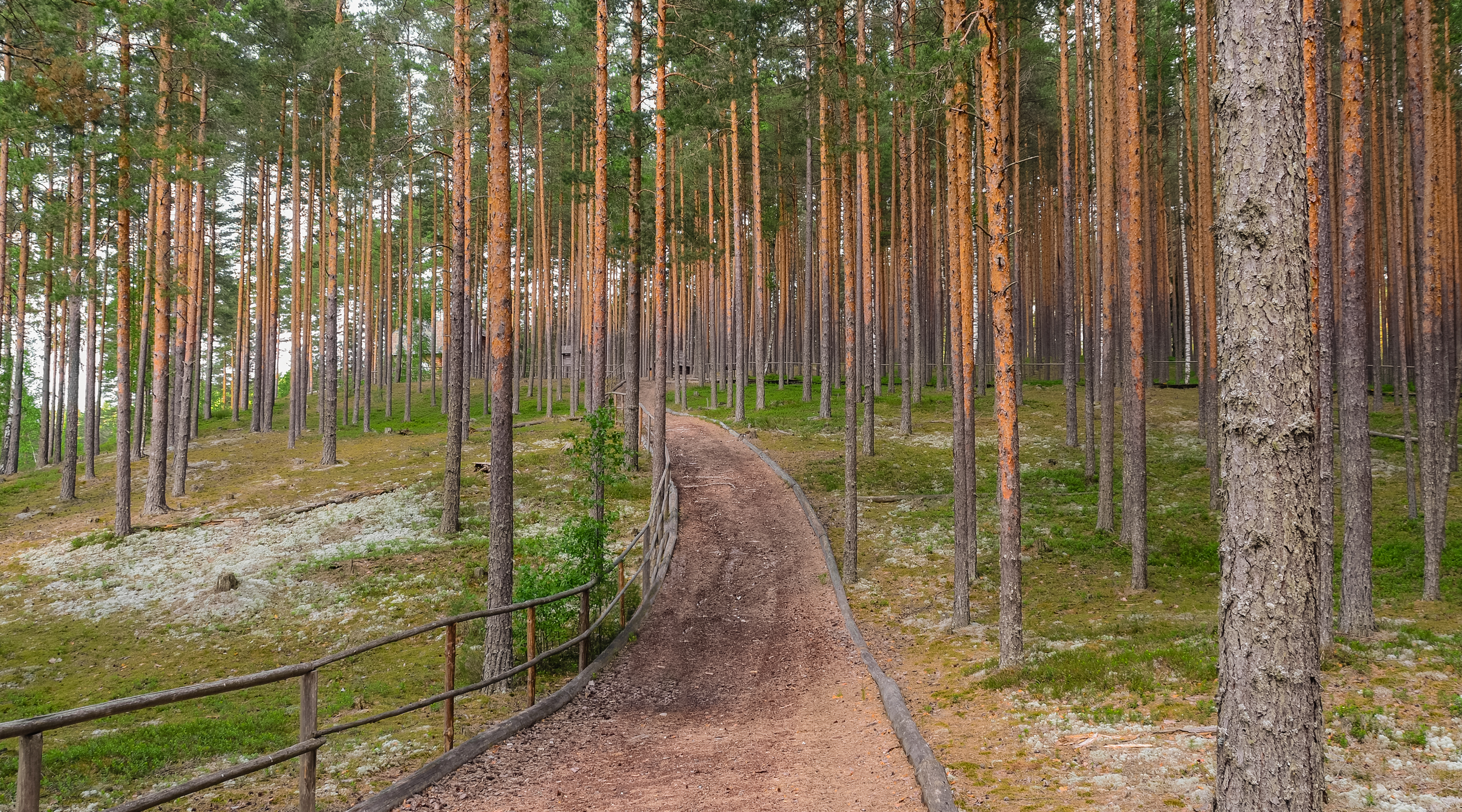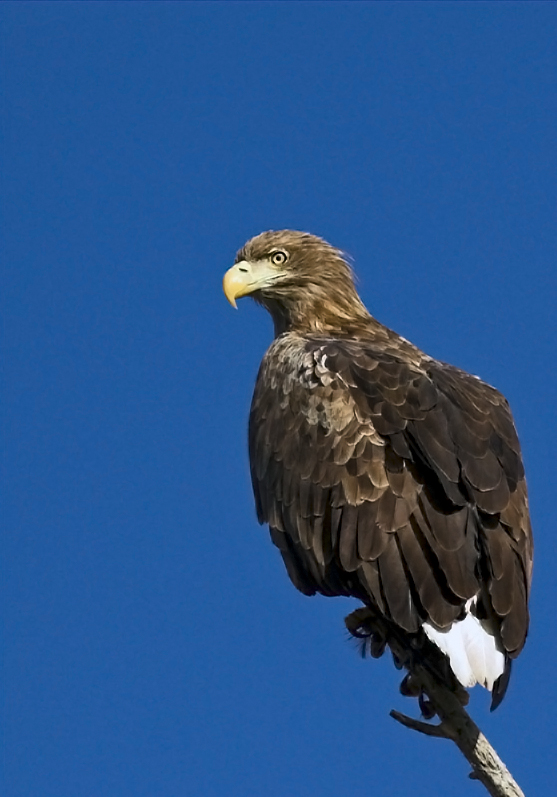|
Viidumäe Nature Reserve
Viidumäe Nature Reserve () is a nature reserve situated on Saaremaa in western Estonia, in Saare County. Viidumäre nature reserve consists mostly of pine- and oak-forest, complemented with meadows, bogs and traditionally utilised wooded meadows. The nature reserve is located in the west of Saaremaa, on the oldest and highest lying part of the island. The nature reserve is important for its great biodiversity. As regards to the flora, the nature reserve is home to the ''Rhinanthus osiliensis'', a species of Rhinanthus, rattle which can only be found on Saaremaa and Gotland islands in the Baltic Sea. Other notable species include Cephalanthera rubra, red helleborine, Epipactis palustris, marsh helleborine, Kashubian vetch and Sorbus rupicola, rock whitebeam. The bird life is rich with species like black woodpecker, Eurasian pygmy owl, black stork and white-tailed eagle as typical representatives. Mammals such as elk and wild boar are frequent in the area. Facilities for visitors ... [...More Info...] [...Related Items...] OR: [Wikipedia] [Google] [Baidu] |
Sorbus Rupicola
''Aria rupicola'', commonly known as rock whitebeam, is a rare species of shrub or small tree best known from the British Isles but also reported from Norway, Sweden and Russia. Reaching heights of 10 m,''New Flora of the British Isles''; Clive Stace; Third edition; 2011 printing it grows in rocky woodland, scrub and cliffs, usually on limestone. The species reproduces apomictically (asexually via cloned seeds) and was presumably created by autopolyploidysation of the common whitebeam proper (''Sorbus aria s.str.''). It contains a tetraploidal set of chromosomes (2n=4x=68). Stace gives ''Aria rupicola'' the following characteristics: * Leaves unlobed or lobed ≤1/20 of the way to the midrib. * Leaves with a single style of teeth or, weakly, two styles of teeth. * Leaves with 6 to 9 (rarely 4 to 10) pairs of lateral veins. * Leaves mostly 1.6 to 2.4 times longer than wide. * Leaves mostly widest in that half of the leaf furthest from the stalk. * Leaves usually obtuse (rarely ... [...More Info...] [...Related Items...] OR: [Wikipedia] [Google] [Baidu] |
Forests Of Estonia
Forests cover about 50% of the territory of Estonia, or around 2 million hectares, and so make out an important and dominating landscape type in the country. National law and policies recognize that forests are a natural and ecological resource, and the importance of forests is to be considered from an economic, social, ecological and cultural aspect. Overview History Before the advent of agriculture in Estonia, the land area covered by forests was approximately 80%; however, due to human activity it fell to about 34% by 1939, and Estonia has traditionally been a country dominated by agriculture. However, after World War II and the ensuing Estonian SSR, Soviet occupation of Estonia, large parts of former agricultural land fell into disuse and was reforested. In the 1960s, attempts were made to improve the output of silviculture by e.g. draining swamps. Agricultural reforms during the 1990s have further increased the amount of land with forests growing. Forest types Despite its ... [...More Info...] [...Related Items...] OR: [Wikipedia] [Google] [Baidu] |
Saaremaa Parish
Saaremaa Parish, also known as Saaremaa Municipality (), is a municipality in Saare County in western Estonia Estonia, officially the Republic of Estonia, is a country in Northern Europe. It is bordered to the north by the Gulf of Finland across from Finland, to the west by the Baltic Sea across from Sweden, to the south by Latvia, and to the east by Ru .... It is the largest municipality by land area and largest rural municipality – or parish – by population in Estonia. The administrative centre of the municipality is its only town Kuressaare. It is one of three parishes comprising the county, along with Muhu and Ruhnu Parish. It was formed following the 2017 Estonian municipal reform on 21 October 2017 on the basis of all twelve former Saaremaa municipalities: Kuressaare town and Kihelkonna, Laimjala, Leisi, Lääne-Saare, Mustjala, Orissaare, Pihtla, Pöide, Salme, Torgu and Valjala parishes. History Saaremaa Municipality was formed following the 20 ... [...More Info...] [...Related Items...] OR: [Wikipedia] [Google] [Baidu] |
Nature Reserves In Estonia
Nature is an inherent character or constitution, particularly of the ecosphere or the universe as a whole. In this general sense nature refers to the laws, elements and phenomena of the physical world, including life. Although humans are part of nature, human activity or humans as a whole are often described as at times at odds, or outright separate and even superior to nature. During the advent of modern scientific method in the last several centuries, nature became the passive reality, organized and moved by divine laws. With the Industrial Revolution, nature increasingly became seen as the part of reality deprived from intentional intervention: it was hence considered as sacred by some traditions (Rousseau, American transcendentalism) or a mere decorum for divine providence or human history (Hegel, Marx). However, a vitalist vision of nature, closer to the pre-Socratic one, got reborn at the same time, especially after Charles Darwin. Within the various uses of the word t ... [...More Info...] [...Related Items...] OR: [Wikipedia] [Google] [Baidu] |
Visitor Centre
A visitor center or centre (see American and British English spelling differences), visitor information center or tourist information centre is a physical location that provides information to tourists. Types A visitor center may be a Civic center at a specific attraction or place of interest, such as a landmark, national park, national forest, or state park State parks are parks or other protected areas managed at the sub-national level within those nations which use "Federated state, state" as a political subdivision. State parks are typically established by a state to preserve a location on accou ..., providing information (such as trail maps, and about camp sites, staff contact, restrooms, etc.) and in-depth educational exhibits and artifact displays (for example, about natural or cultural history). Often a film or other media display is used. If the site has permit requirements or guided tours, the visitor center is often the place where these are coordinated. A tour ... [...More Info...] [...Related Items...] OR: [Wikipedia] [Google] [Baidu] |
Wild Boar
The wild boar (''Sus scrofa''), also known as the wild swine, common wild pig, Eurasian wild pig, or simply wild pig, is a Suidae, suid native to much of Eurasia and North Africa, and has been introduced to the Americas and Oceania. The species is now one of the widest-ranging mammals in the world, as well as the most widespread Suina, suiform. It has been assessed as least concern on the IUCN Red List due to its wide range, high numbers, and adaptability to a diversity of habitats. It has become an invasive species in part of its introduced range. Wild boars probably originated in Southeast Asia during the Early Pleistocene and outcompeted other suid species as they spread throughout the Old World. , up to 16 subspecies are recognized, which are divided into four regional groupings based on skull height and lacrimal bone length. The species lives in matriarchal societies consisting of interrelated females and their young (both male and female). Fully grown males are usually s ... [...More Info...] [...Related Items...] OR: [Wikipedia] [Google] [Baidu] |
White-tailed Eagle
The white-tailed eagle (''Haliaeetus albicilla''), sometimes known as the 'sea eagle', is a large bird of prey, widely distributed across temperate Eurasia. Like all eagles, it is a member of the family Accipitridae (or accipitrids) which also includes other diurnal raptors such as hawks, kites, and harriers. One of up to eleven members in the genus '' Haliaeetus'', which are commonly called sea eagles, it is also referred to as the white-tailed sea-eagle.Helander, B., & Stjernberg, T. (2003). ''Action plan for the conservation of white-tailed sea eagle (''Haliaeetus albicilla'')''. In Convention on the Conservation of European Wildlife and Natural Habitats, Strasbourg, France. Sometimes, it is known as the ern or erne (depending on spelling by sources),Love, J. A. (1983). ''The return of the Sea Eagle''. Cambridge University Press, . gray sea eagle and Eurasian sea eagle. While found across a wide range, today breeding from as far west as Greenland and Iceland across to as fa ... [...More Info...] [...Related Items...] OR: [Wikipedia] [Google] [Baidu] |
Black Stork
The black stork (''Ciconia nigra'') is a large bird in the stork family Ciconiidae. It was first described by Carl Linnaeus in the 10th edition of his ''Systema Naturae''. Measuring on average from beak tip to end of tail with a wingspan, the adult black stork has mainly black plumage, with white underparts, long red legs and a long pointed red beak. A widespread but uncommon species, it breeds in scattered locations across Europe (predominantly in Portugal and Spain, and central and eastern parts), and east across the Palearctic to the Pacific Ocean. It is a long-distance migrant, with European populations wintering in tropical Sub-Saharan Africa, and Asian populations in the Indian subcontinent. When migrating between Europe and Africa, it avoids crossing broad expanses of the Mediterranean Sea and detours via the Levant in the east, the Strait of Sicily in the center, or the Strait of Gibraltar in the west. An isolated non-migratory population lives in Southern Africa. U ... [...More Info...] [...Related Items...] OR: [Wikipedia] [Google] [Baidu] |
Eurasian Pygmy Owl
The Eurasian pygmy owl (''Glaucidium passerinum'') is the smallest owl in Europe. It is a dark reddish to greyish-brown, with spotted sides and half of a white ring around the back of the neck. This species is found in the boreal forests of Northern and Central Europe to Siberia. This is a sedentary species, meaning that adults are resident throughout the year in its range. The exception may be during harsh winters, when the adults may move south. Young of the species usually move in autumn or winter. Taxonomy The Eurasian pygmy owl was formally described by the Swedish naturalist Carl Linnaeus in 1758 in the tenth edition of his ''Systema Naturae'' under the binomial name ''Strix passerina''. The type locality is Sweden. The specific epithet is from Latin ''passerinus'' meaning "sparrow-like" implying "sparrow sized". This owl is now placed in the genus '' Glaucidium'' that was introduced in 1826 by the German zoologist Friedrich Boie. Two subspecies are recognised: * ''G. p ... [...More Info...] [...Related Items...] OR: [Wikipedia] [Google] [Baidu] |
Black Woodpecker
The black woodpecker (''Dryocopus martius'') is a large woodpecker that lives in mature forests across the northern Palearctic. It is the sole representative of its genus in that region. Its range is expanding. The black woodpecker is easily the largest woodpecker species in Europe as well as in the portion of Asia where it lives and is one of the largest species worldwide. This non-migratory species tends to make its home in old-growth forest or large forest stands and excavates a large tree hole to reside in. In turn, several species rely on black woodpeckers to secondarily reside in the holes made in trees by them. This woodpecker's diet consists mostly of carpenter ants. This species is closely related to, and fills the same ecological niche in Europe as, the pileated woodpecker of North America and the lineated woodpecker of South America, also being similar to the white-bellied woodpecker which is distributed to the south somewhat of the black woodpecker in Asia. Taxo ... [...More Info...] [...Related Items...] OR: [Wikipedia] [Google] [Baidu] |
Kashubian Vetch
''Vicia cassubica'', called Kashubian vetch and Danzig vetch, is a species of flowering plant in the genus ''Vicia'', native to most of Europe, Turkey, the Levant, the Caucasus and Iran. Found in thermophilous oak forests, it also does well in old fields that are in later stages of succession Succession is the act or process of following in order or sequence. Governance and politics *Order of succession, in politics, the ascension to power by one ruler, official, or monarch after the death, resignation, or removal from office of .... References {{Taxonbar, from=Q159742 cassubica Plants described in 1753 ... [...More Info...] [...Related Items...] OR: [Wikipedia] [Google] [Baidu] |







